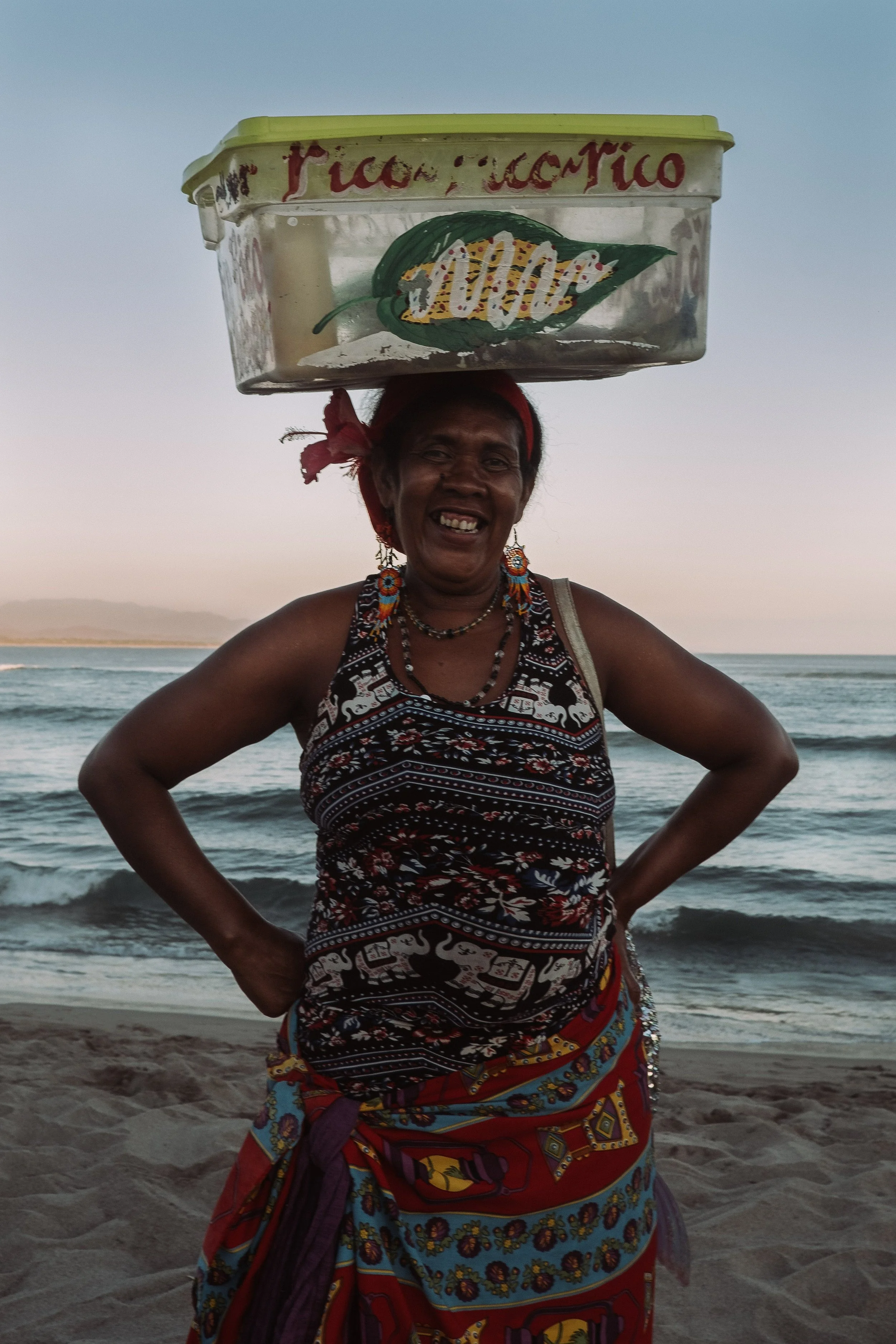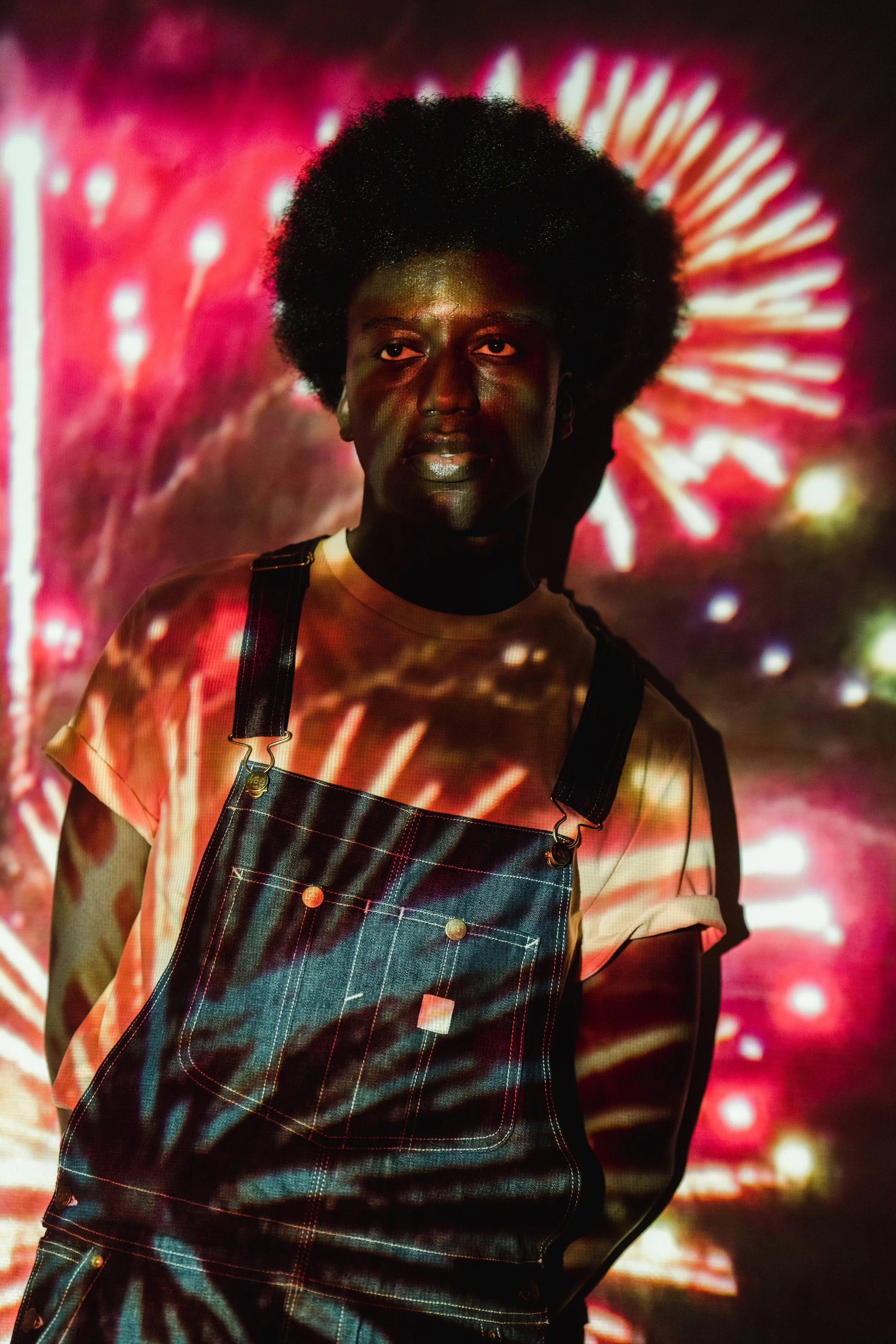Black Mexicans celebrate their African heritage through arts and culture.
Woman with Basket on Head on Beach. Leonardo Manjarezz. CC0.
African heritage in Mexico has deep roots. Black Mexicans have struggled to connect with their African heritage throughout history; they have only recently received recognition from the Mexican Government in the 2015 national census. That identified 1.38 million Mexicans of African descent throughout the country. Since then, an estimated 2.5 million people have self-identified as Black. The power of storytelling and the African oral tradition has passed on Afro-Mexican cultural heritage over many generations. Despite a lack of recognition in mainstream Mexican culture, Black Mexicans continue to exhibit Black pride in the face of anti-Black sentiment, which extends beyond attitude to include poverty, an inequitable distribution of opportunities, a lack of government investment, poor infrastructure and discrimination.
Where is the highest population of Black Mexicans?
The Costa Chica region (in English the “small coast”) extends along the Pacific seaboard, and is shared between the Mexican states of Oaxaca and Guerrero. It is approximately 400 kilometers in length, extending east from Acapulco in Guerrero to Huatulco in Oaxaca. Geographically the region is made up of plains, coastal flatlands, and hills. Fishing, animal husbandry and agriculture are common occupations. Spanish and Mexican aristocrats forcibly brought enslaved Africans to work on their large estates; even after Mexico’s abolition of slavery in 1837, the descendants of these enslavers maintained their holdings until the Mexican Revolution of 1910. Along with the slave trade, an oral tradition holds that Black Mexicans are the descendants of African Maroons, who escaped the Puerta de Oro shipwreck on the country’s the Pacific coast. Cuajinicuilapa is located in the Mexican state of Guerrero in the Costa Chica region. It is home to 229,661 Black Mexicans, one of the highest concentrations of people of African descent in the country. Other communities with a high Black Mexican population are Oaxaca with an estimated 100,000, Baja California Sur at 75,000, and Veracruz along the Gulf coast with an estimated 50,000 Afro-Mexicans. The Costa Chica communities are unique, however, as their geographic isolation makes them of interest to global scholars looking to reconstruct uniquely Afro-Mexican cultural heritage.
How can you experience Black Mexico?
The best way to experience Black Mexico is to engage with its people and learn from them. When you travel to Cuajinicuilapa, you can taste Black Mexico by drinking a popular cold beverage called a Chilate, which is made with chocolate, rice, cinnamon, and brown sugar. It is a fusion of Mexican and African cultures; chocolate from Mexico and rice brought to the New Word by enslaved West Africans. This drink is served in restaurants and street stands throughout the areas with populations of Black Mexicans.
Woman Sitting by Table and Drinking. Carlos Santiago. CC0.
In September you can witness the Dance of the Devils, a celebration in honor of Saint Nicholas, which is considered the “feast of the poor.” Black Mexicans celebrate their African heritage with dancing devils, fireworks and traditional musical instruments, such as the donkey jawbone. Despite the challenges of poverty, illiteracy, and racism, Black Mexicans celebrate this festival annually to display Black pride. Many in Mexico do not recognize Black culture and history, which are generally not taught in Mexican schools. The festival has become a way to preserve and celebrate Black culture while educating others.
Man in White Tank Top. Lara Jameson. CC0.
Throughout the year you can visit the Black Library, where you can find works that address Blackness and Afro-Mexicanness in Mexico from the perspective of Black Mexicans themselves. Its mission is to empower Black Mexicans through access to research on their historical, spiritual and artistic identities. Programs include painting and dance workshops, with the central aim of fostering collective memory and community education. It contains 300 volumes produced from the 1980s through the 2000s by Mexican researchers and authors. Themes addressed include issues of race in Mexico, colorism, enslavement and colonization, and transatlantic cultural connections to Africa.
Photo Of Woman Carrying Stack Of Books. Cottonbrostudio. CC0.
Travel to Cuajinicuilapa and you will discover a rich history in African heritage. There is a growing movement for Black Mexicans to be recognized and included in their country’s narrative, while the fight for equal rights and access to opportunities goes on. Experience the authentic joy and pride of Black Mexicans through their cultural traditions.
Christie Jones
Christie is a senior at Arizona State University studying Digital Audiences with a minor in Museum Studies. Her passion is amplifying the African Diaspora. She is passionate about creating digital content about Black arts and culture.





